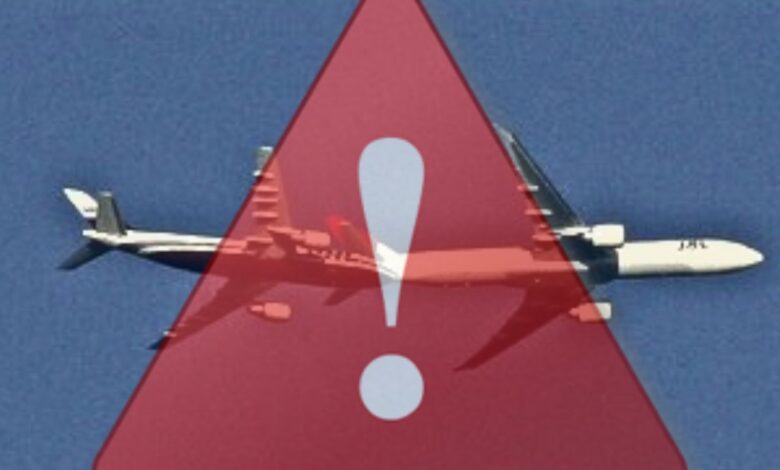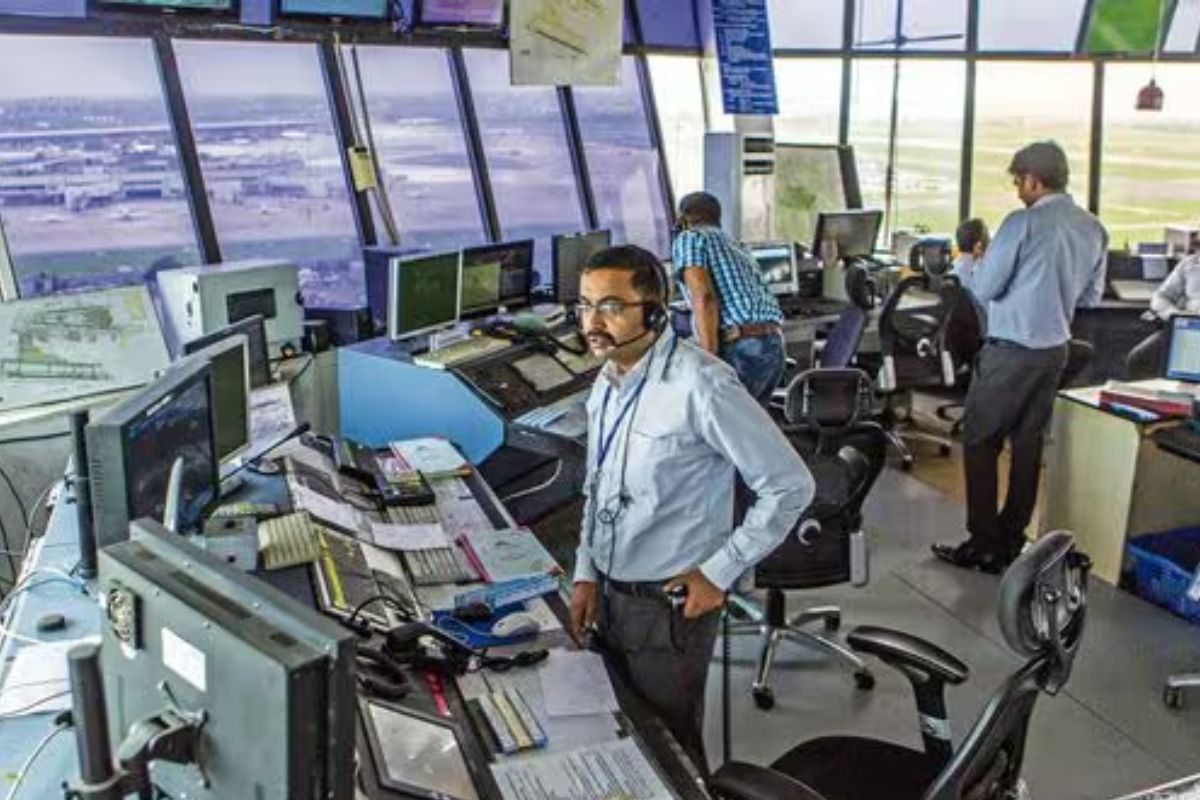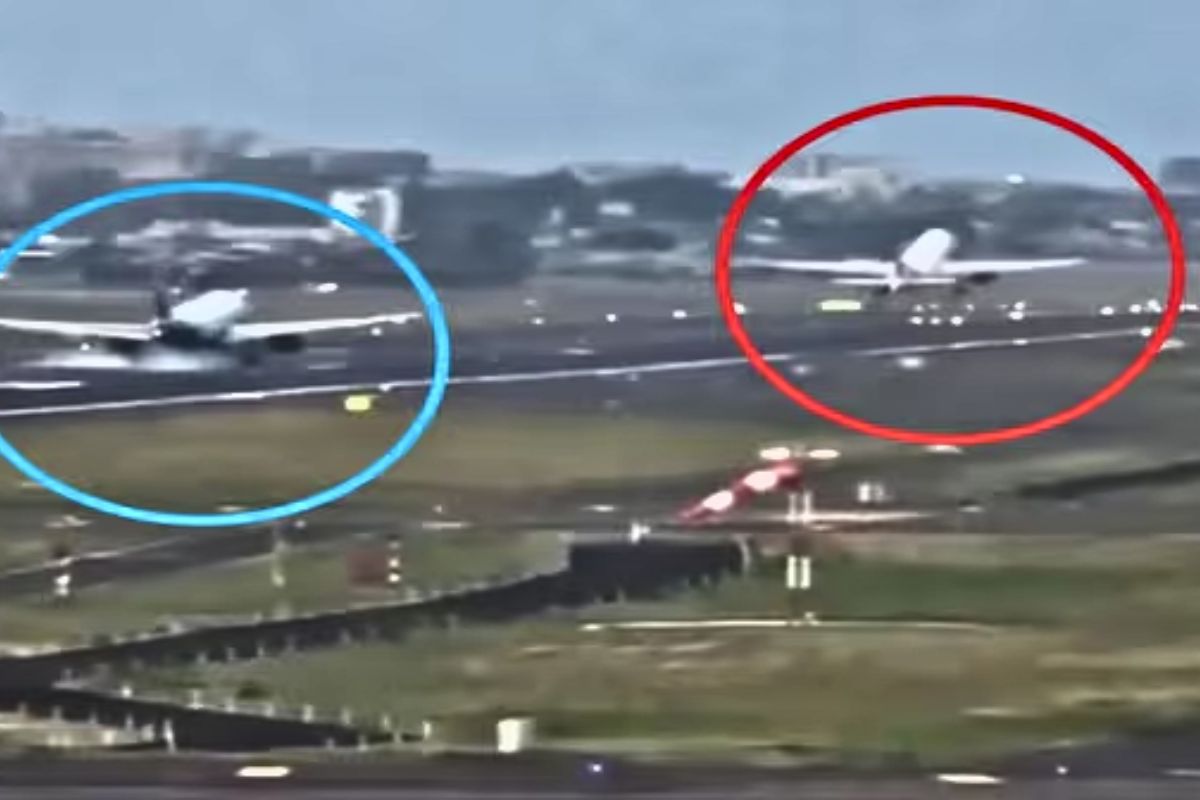Near Miss Of 2 Aircrafts In Mumbai Airspace? Why There Is a Critical Need To Address Violations Of Standard Operating Procedures In Aviation?

India’s Aircraft Accident Investigation Bureau (AAIB) is looking into a major incident of “airprox” or aircraft proximity – planes approaching closer than the mandated minimum separation while flying — involving two wide-body aircraft from Qatar Airways and Israel’s EL AL.
The incident happened on March 24 at 35,000 feet, at waypoint ‘GOLEM’, which is over the Arabian Sea, when the two aircraft came within 9.1 nautical miles, or around one minute, of each other, despite that the ‘standard separation‘ was 10 minutes, making this a situation of ‘breach of separation’.
Although both aircraft were not travelling to or from India, the AAIB is doing the probe because the space where the incident happened falls under the Mumbai Flight Information Regions, where air traffic services are administered by the Mumbai Air Traffic Control (ATC). The AAIB has produced a report detailing the event and the inquiry procedure. The final investigative report is expected to be documented in a few months. While the probe is ongoing, two air traffic controllers who were on duty at the time of the incident were off-rostered and sent for corrective training, according to sources.

What is ‘Airprox’?
Airprox refers to situations when the distance, relative locations, and speeds between the aircraft have been such that there may have been a risk to the aircraft’s safety.
3 categories denote to airprox incidents:
- No danger of collision.
- Aircraft safety may have been jeopardised.
- High risk of collision.
Why are there no alerts?
The TCAS (Traffic Alert and Collision Avoidance System) did not create a cockpit alert warning pilots of a collision danger, nor did Air Traffic Control inform them. The probe is still ongoing to determine if this was due to the two aircraft not being near enough to activate the TCAS alert or for another reason. However, a ‘Breach of separation’ does not mean that the aircraft was at any threat of colliding or that the situation was a ‘near miss’; it usually means that separation standards were not maintained.
Captain A. (Mohan) Ranganathan, a former airline instructor pilot and aviation safety adviser, stated that the TCAS did not generate traffic or resolution advisories because the system would only alert if two aircraft were in close proximity to each other and there was a risk of collision. Such a situation would arise when the separation was between 20 and 45 seconds.

Who is at fault?
In terms of procedure, applying the 10-minute separation threshold was not a pilot mistake, and one would have to analyse the conduct of the controllers operating the aircraft prior to ‘GOLEM’, Captain Ranganathan noted.
In this event, instead of a 10-minute separation, there was just one minute, implying that the aircraft were nine or ten miles apart and most likely not on collision path. This might possibly explain why the TCAS did not give alert, according to an aviation expert. According to a senior pilot who flies the Boeing 777, the TCAS usually activates when an alert is received within a six nautical mile range.
However, this is not the first time such a close call has occurred at Mumbai Airport.
In June 2024, a major disaster was luckily averted at Mumbai airport as two airliners (Air India flight AI657 from Mumbai to Trivandrum and IndiGo aircraft, flight 6E 6053 from Indore) came dangerously close to each other on Runway 27 on June 8, 2024. An IndiGo aircraft touched down on runway 27 merely a second after an Air India aircraft took off. It was mentioned that both aircraft received clearance from the air traffic controllers.

However, The norm is to wait for the aircraft taking off to lift off and fly past the runway end before the aircraft landing can be allowed to cross the beginning of the runway, displaying a breach of ‘Standard Operating Procedures’ for ‘Time-Based Spacing’ between arrivals.
Keeping these factors in mind, one might think what is the situation of handling ‘airprox’ situations in India?
Earlier this month, aviation regulator DGCA reported that the number of unstabilised flight approaches during landing in the country and risk-bearing airprox incidents in the Indian airspace had reduced substantially in 2023. the watchdog said the number of unstabilised approaches that continue to land per ten thousand approaches has shown a continuous decreasing trend with a reduction of approximately 23 %. As per the regulator, the number of risk-bearing airprox per million flights over the Indian airspace was reduced by 25 per cent.
At the end.
In both the above cases, no deaths were reported, and ATCs and pilots were fully conscious of their actions, yet there existed cases of ‘breach’ of standard procedures. Aviation is expanding. Soon, there will be unparalleled urban air mobility. While most passengers are unaware of risks like near misses, they occur often. The question is about the level of responsibility. It is time to take action and gain better control. Anyone on an operating surface must have situational awareness. Lives are too valuable to lose.




